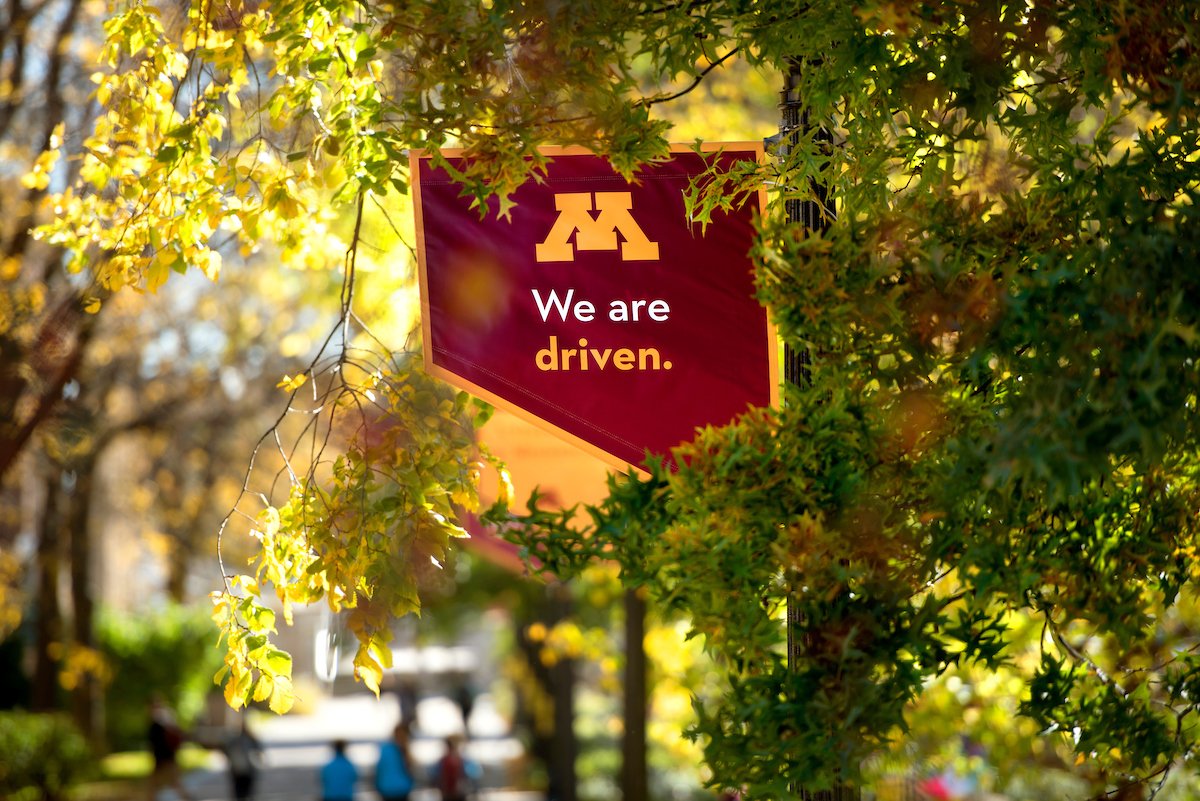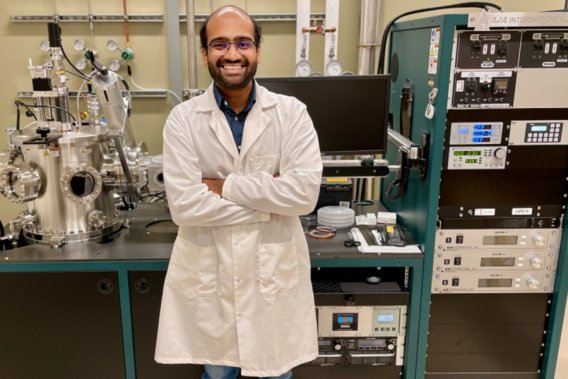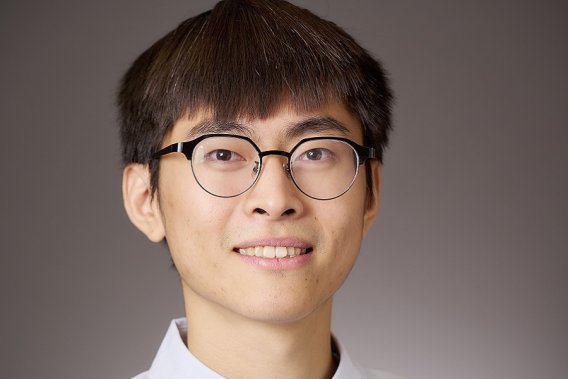Alumnus Karthik Srinivasan and CEMS student Pang-Hsiao Liu win best poster at MMM 2022

Alumnus Karthik Srinivasan (ECE Ph.D. 2021), and doctoral candidate Pang-Hsiao Liu (Department of Chemical Engineering and Materials Science) won a best poster award at the recently concluded MMM 2022 conference in Minneapolis. The poster titled, “Two-step annealing and diffusion-driven exfoliation of cerium-doped terbium iron garnet on silicon substrates” presents a new technique for exfoliating garnets from silicon substrates. The process ensures that the exfoliated materials can be transferred to other wafers which might be sensitive to the high temperatures or processing conditions required to grow these exotic materials. Srinivasan earned his doctoral degree under the guidance of CSE Distinguished Professor and Erwin A. Kelen Professor in Electrical Engineering Bethanie Stadler. Liu is currently working on his dissertation research under the supervision of Stadler.
Magneto-optical materials used in optical isolators require some form of high-temperature processing. When such materials are integrated with photonic integrated circuits their processing parameters must conform to the lower threshold of temperature dictated by the semiconductor foundry process. Exfoliation allows the materials to be processed at the necessary higher temperatures and transfer printed onto the device wafers.
In the MMM conference poster, Srinivasan and Liu showed that cerium-doped terbium iron garnet (a magneto-optical material that the Stadler research group developed and optimized), when processed using a specific temperature treatment, develops a very thin gap of vacancies in the order of a few nanometers at the film-substrate interface. This gap helps in easily exfoliating the entire thin film from the substrate. The exfoliation technique is a significant development: it will protect circuits from detrimental high temperatures and can become the ultimate “cold-process” for materials integration.

Karthik Srinivasan earned his doctoral degree in 2021 under the guidance of Professor Bethanie Stadler. His research interests lie at the intersection of materials and devices for low-power computing and versatile communication technologies. During his doctoral research, he perfected the growth of rare-earth iron garnets and engineered useful optical and magnetic properties for applications in photonics and magnonics, two novel platforms to realize the next generation of data processing. These materials have far-reaching impacts in enabling optical non-reciprocity, integrated atomic clocks, spintronic devices, and microwave filters. Srinivasan is currently a postdoctoral associate at Cornell University working on enabling ultrafast communications through tunable microwave and millimeter wave devices using magnetic and piezoelectric materials that are slated to be the bedrock for future 6G and beyond technologies. His research has led to over 10 publications, including two invited review articles, two patent applications, a doctoral dissertation fellowship from the University of Minnesota Twin Cities, funded proposals from the IEEE Magnetics Society and NSF I-Corps, and several interdisciplinary collaborations with academic and industry partners. Srinivasan’s work is particularly critical in an increasingly interconnected world where current technologies are struggling to keep up with the unprecedented growth in data.

Pang-Hsiao Liu is a doctoral student in the Department of Chemical Engineering and Materials Sciences. His research focuses on materials synthesis and processes that apply to the data transmission industry. Garnets are promising magnetic materials employed in the isolators in photonics. He is a member of the Stadler research group which previously found that cerium-doped terbium iron garnet (CeTbIG) thin films have good magneto-optical properties. The group had also and also found that the quality of the garnet thin film influences performance. For his doctoral research, Liu is focused on modifying the microstructure of the CeTbIG thin films using various annealing processes. He plans to apply the exfoliation method presented in the poster to realize the garnet thin film transfer technique on the waveguides with my expected materials. The goal is to integrate photonics with electronics while avoiding detrimental levels of heat and yet achieving high quality with better optical isolation.